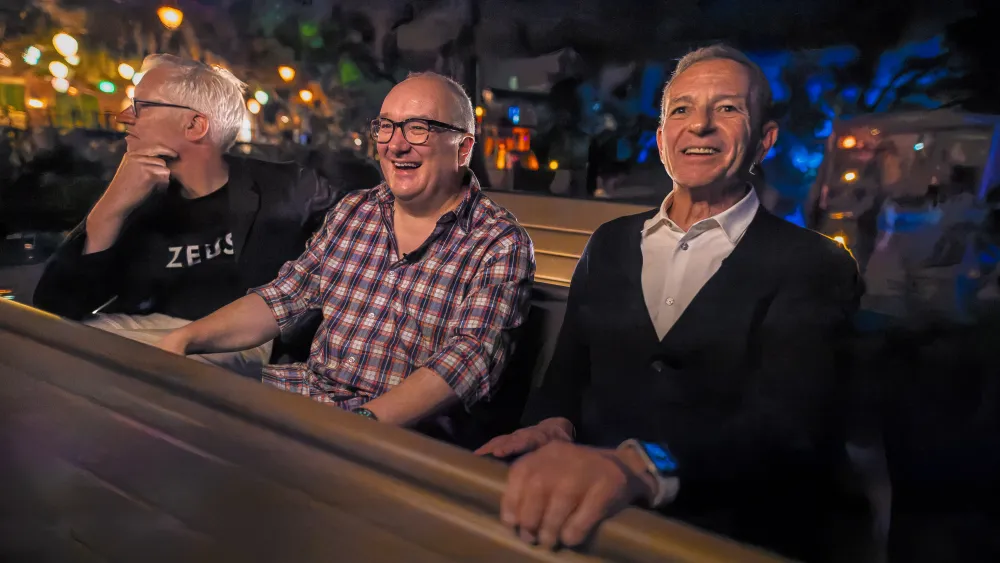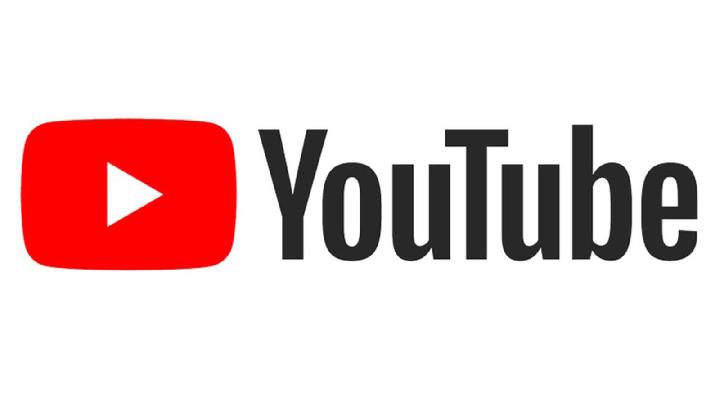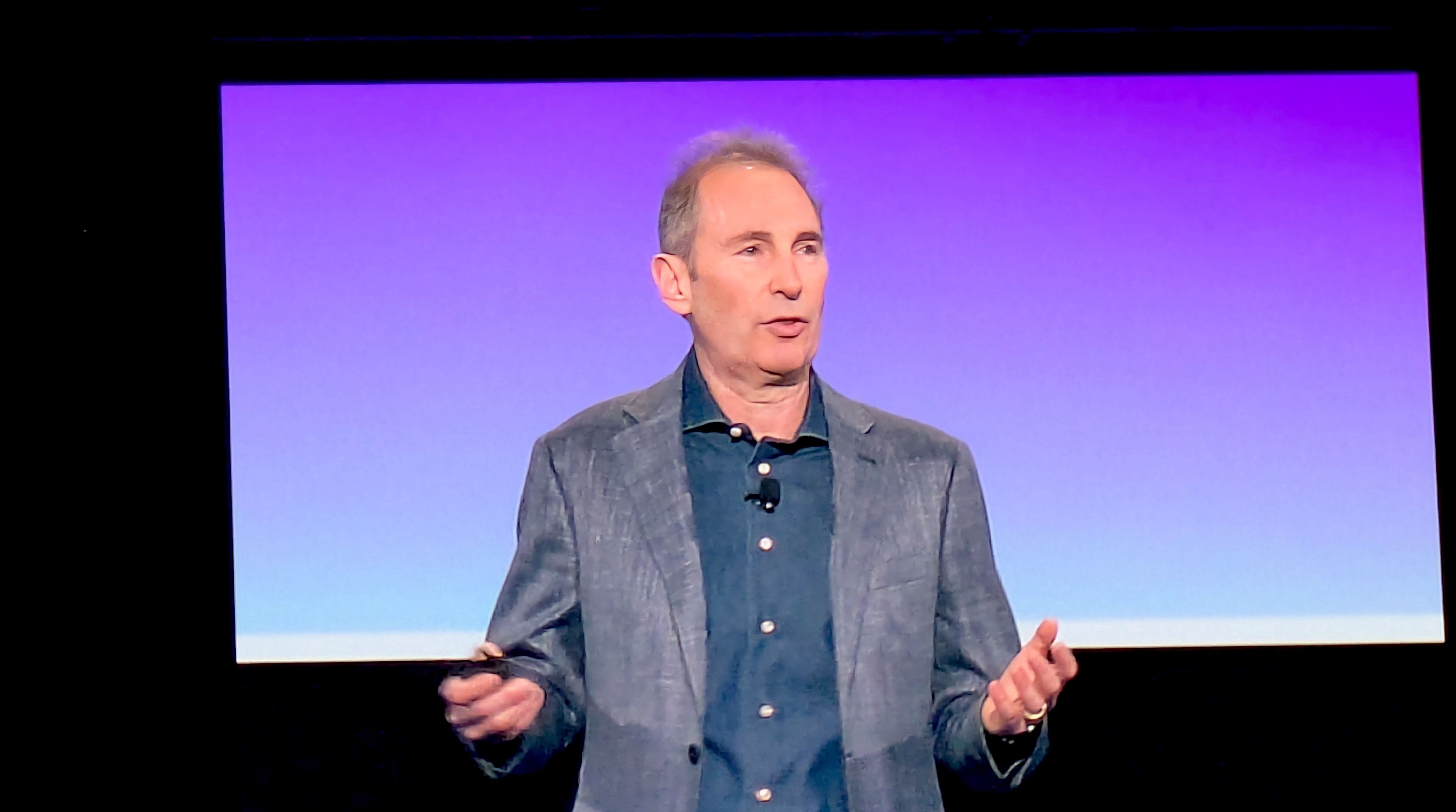Copyright Variety

Bob Iger is getting ready for his encore farewell. The Disney CEO is starting to lay the stepping stones to the expected news of plans for a regime change at the top of the Mouse House by the first quarter of next year. In October 2024, Disney’s board of directors vowed to spell out its succession plan for Iger, who will have held the top job for 20 years by the time his current contract ends in December 2026. Iger reflected on his time at the Disney in an interview with British podcasters Tom Holland and Dominic Sandbrook, hosts of the long-running podcast series “The Rest is History.” The pair turned their focus to the creation of Disneyland in the mid-1950s for an installment published Wednesday. Iger has long been a fan of the podcast and agreed to give the hosts a sit-down interview, as well as a guided tour of Disney’s archives in Burbank and the Magic Kingdom in Anaheim. Holland and Sandbrook politely but firmly press Iger about the transition that is just around the corner. Iger stepped down as CEO of Disney after a 15-year run that made him the gold standard of media and entertainment executives. He left Disney entirely at the end of 2021. But Iger was back as CEO by November 2022 after his first successor, studio veteran Bob Chapek, had a rocky tenure at a volatile time for the economy and the nation overall. At present, industry speculation about Iger’s successor centers on two internal candidates, Disney Entertainment co-chair Dana Walden and Disney Experiences chair Josh D’Amaro. Iger made no direct reference to the Chapek shuffle or the handoff to come in discussing how he views his legacy, and what he has learned after four decades at the Walt Disney Co. and more than 50 years in the entertainment biz. Holland and Sandbrook pressed Iger about how he wanted to be remembered for his tenure as Mouse House chief. “Because of the company’s place in the world, I think the person running the company has a special responsibility of sorts, to maintain Disney’s position in the world as a beloved company, as an admired company, as a company that entertains really the world, everyone of all ages and from all different walks of life,” Iger says in the episode “Disneyland: The Modern American Utopia.” “More than anything else, I would want to be known as someone who was given the keys to this kingdom, so to speak. And quite a kingdom it is, and that I brought it to a place that even Walt would be proud of. And what that means is more great storytelling to a larger audience, more innovation, more risk-taking, more really creation of happiness. It’s really that simple,” Iger says. “At one point I thought, Well, OK, you’re now running Disney. What’s the most you want out of it? Well, not don’t screw it up, but it’s much more than that. I really have been mindful of the duty that I feel has been handed to me to make it even better than it’s ever been.” What does the road to the next 50 years of Disney, which marked its centennial in 2023, look like for his successor? Protect the brand, Iger advises. “The world is changing so rapidly and in such profound ways. As I think about the future, I would hope that my successors would be respectful of our past and well aware of the values that really created the value of the company in the first place, and carry them forward, but not let anything that’s been done in the past get in the way of bringing the company into the future,” Iger says. “And that’s really constant innovation, a constant exploration, constant desire to reinvent or to invent even more than anything else. That’s what I’d want. But I think we do occupy a place in the world as great storytellers, perhaps maybe the greatest in many respects. And I would hope that position would would continue for years and years, decades ahead.” Most of the interview was devoted to discussion of the innovations of Walt Disney himself, the creative visionary who died in 1966 at age 65. Iger proved to be a fount of knowledge about the company’s founder. His reverence for Walt Disney’s legacy of business derring-do coupled with a relentless push for innovation is clear as he runs through Walt Disney’s list of awe-inspiring achievements. The yearning to invest in cutting-edge technology, R&D and experimental material is imbued in the DNA of a artist and entrepreneur from Missouri who bet his company on the gamble of releasing Hollywood’s first feature-length animated feature, 1937’s “Snow White and the Seven Dwarfs.” “If you ask what everything is going to cost before you make everything, or even think about making something, then you end up not making a lot that you should have made,” Iger opines. Walt Disney was never one to be “cowed” by new technology, Iger added. Quite the contrary. He famously turned to the burgeoning medium of television to help raise the money to build Disneyland. Call it TV’s first docu-series. “Walt was, as we know, not only a great storyteller, but one of the all time, great salesmen of his time. , and he decided that not only to raise the money, but also to sell the product, he should have a television program. So he licensed to ABC, a program that essentially told the story of building Disneyland,” Iger says. “And so here I was as a 3-4-5 year-old, watching on small, black and white TV. Walt not only talk about building Disneyland, but watching it on the program actually rise from the ground in Orange County, California. And I remember it being incredibly aspirational. And I think actually it served that purpose to hundreds of millions, if not billions, of people around the world seeing it, which seemed like something that never existed before, a form of entertainment that he really invented.” The hosts pressed Iger on how Disney is grappling with the the globalization of media and culture in a brand that is synonymous with Americana past and present. “It’s not purposeful on our part to become less American. It is purposeful on our part, to become more inviting to the world and to be mindful of cultural distinctions and cultural passion. For instance, when we were building Shanghai, the design brief that I gave to the team was, let’s build something that is authentically Disney, but distinctly Chinese,” Iger says. “Because we wanted to build something that was very much Disney to them, and they had an idea in mind of what A Disneyland would be, but something that was extremely respectful of their own culture, so that they could feel as though it were theirs. Again, it’s more purposeful to fit in a respectful way than to distance ourselves from anything like letting the French drink wine,” he says. “I think there were learnings about entering a country and a culture with a little bit more sensitivity and respect. We took those learnings seriously, and as we designed Shanghai, we made sure that we didn’t make mistakes that had been made in the past.”



